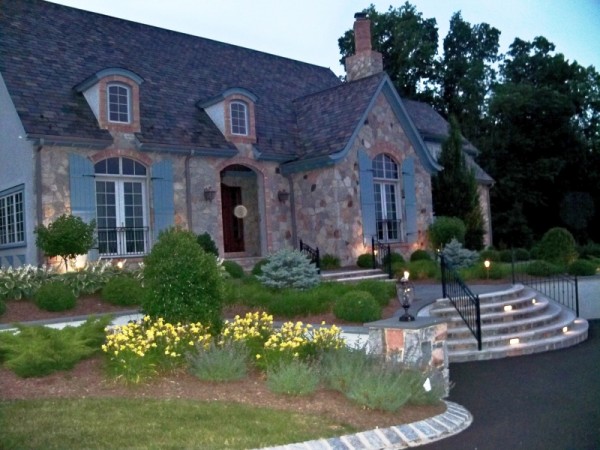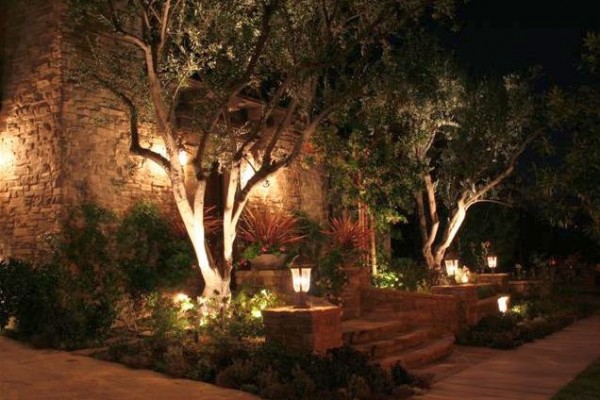Types of Outdoor Lighting Techniques
Spring is here and that means the arrival of parties. When guests come to your house for an evening get-together, the first impression you make is important, which is why having outdoor lighting is key.
We’ve already talked about the compelling reasons you should install outdoor lightingaround the exterior of your home, but now we’re going into the specifics on the types of outdoor lighting techniques available.
Path Lighting
This type of outdoor lighting is exactly what it sounds like. It often features light fixtures installed along a path to illuminate a walkway. One of the reasons you’d want to get this type of lighting is for safety purposes, but it also creates lines around the house that could accent other light fixtures.
Spot Lighting
Achieved with fixtures that focus a beam of light, spot lighting is designed to highlight some of the structures or elements around your house that deserve special attention at night.
Spread Lighting
Utilizing some of the same low fixtures as path lighting, spread lighting is meant to increase the visibility of your landscape, including shrubbery, flower beds and foliage. This is usually more low-level lighting, but it can also mean the lighting of smaller trees.
Back Lighting (aka Silhouetting)
This is when lighting is placed behind an object, but the beam is pointed away from the object at a wall. This creates a silhouette effect because you see the dark outlines of the object against a lit backdrop. An example of this is putting a light behind a bush but pointing it toward a wall.
Shadowing
Similar to silhouetting, shadowing takes a light fixture and points it toward a wall, but this time it’s placed in front of the object. That means the light will be going through shrubbery to create a shadowy effect.
Grazing
Light fixtures abutting an object and pointing directly up is known as grazing. This type of lighting brings out the texture of the object it’s illuminating. For example, if it’s next to a brick a wall, you’ll be able to see the shadows and texture of the wall much better than spot lighting.
Moon Lighting
Moon lighting harnesses the natural beauty of the moon and replicates that same downward soft lighting by installing fixtures up in trees or beneath awnings.
Tree Lighting
This is essentially the opposite of moon lighting. It uses lights pointed upward at the base of a tree.
Deck or Step Lighting

Finally, another popular outdoor lighting techniques involves illuminating a deck or steps leading up to your house. One of the main purposes of this type of lighting is to create a way for visitors to see where they’re going, similar to path lighting.
If you’d like to get outdoor lighting installed at your home, contact us today.



